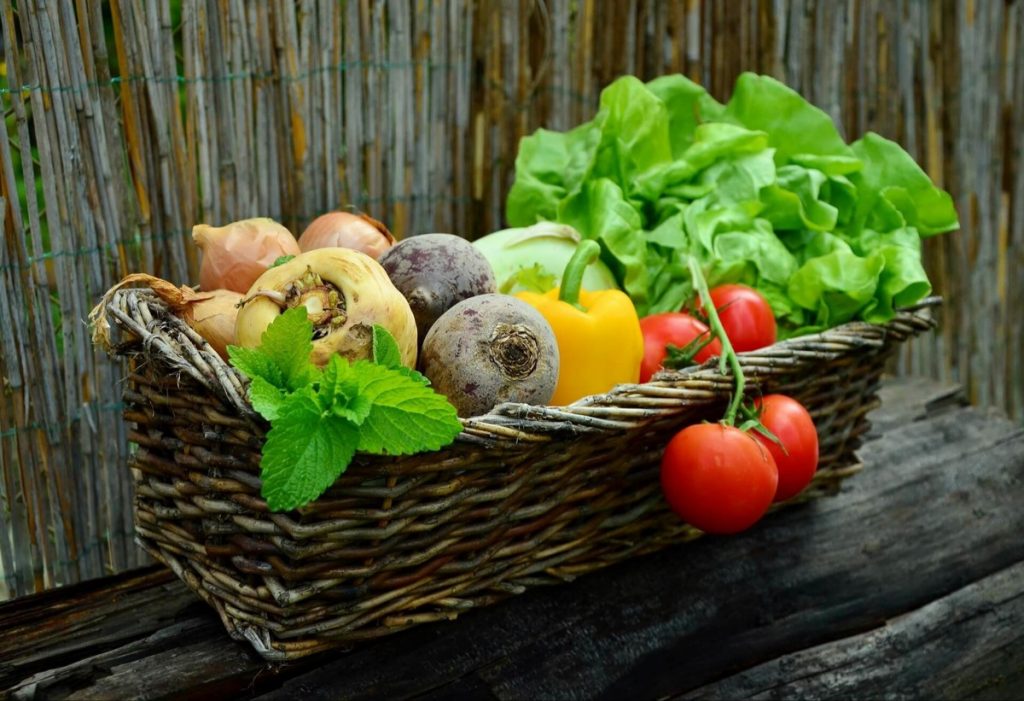Eating with the seasons is a practice as old as agriculture itself, yet in today’s modern world of supermarkets stocked with produce from all corners of the globe, it’s a concept that has fallen somewhat by the wayside. However, there’s much to be gained from embracing seasonal eating, not only for our own health but also for the health of the planet. By choosing fresh, locally sourced fruits and vegetables that are in season, we can enjoy a myriad of benefits that extend far beyond the plate.
One of the key benefits of seasonal eating is that it allows us to enjoy produce at its peak of flavor and nutritional value. Fruits and vegetables that are in season are often harvested at their ripest, meaning they’re bursting with flavor and packed with essential nutrients. For example, tomatoes in the summer months are juicy and sweet, while root vegetables like carrots and beets are at their best in the cooler months, with a deep, earthy flavor that is unmatched.
In addition to being more flavorful, seasonal produce is also more nutritious. Studies have shown that fruits and vegetables harvested in season contain higher levels of vitamins, minerals, and antioxidants compared to their out-of-season counterparts. This is because produce that is allowed to ripen naturally on the vine or tree has more time to develop its full complement of nutrients, resulting in a more nutrient-dense end product.

Another benefit of seasonal eating is its positive impact on the environment. When we choose locally grown produce that is in season, we’re supporting small-scale farmers in our communities and reducing the carbon footprint associated with transporting food long distances. Additionally, seasonal eating encourages biodiversity in our food system, as different crops are planted and harvested throughout the year, rather than relying on a few staple crops year-round.
Seasonal eating also encourages us to connect more deeply with the natural rhythms of the world around us. By paying attention to the changing seasons and the foods that are available during each season, we can develop a greater appreciation for the cycles of nature and our place within them. This connection to the land can be nourishing for both body and soul, fostering a sense of gratitude and respect for the earth and all its bounty.
In practical terms, embracing seasonal eating means being more mindful of where our food comes from and how it’s grown. It means shopping at local farmers’ markets or joining a community-supported agriculture (CSA) program to access fresh, seasonal produce directly from the source. It means seeking out recipes that showcase the flavors of the season and experimenting with new ingredients that may not be familiar but are abundant at that time of year.
Of course, there are challenges to eating seasonally, especially for those of us who are accustomed to the convenience of year-round access to all types of produce. It may require some adjustment to our shopping and meal-planning habits, as well as a willingness to try new foods and flavors. However, the rewards of seasonal eating—both for our health and for the health of the planet—are well worth the effort.
Seasonal eating offers a host of benefits for our health, the environment, and our connection to the natural world. By choosing fresh, locally sourced produce that is in season, we can enjoy food at its peak of flavor and nutritional value, support local farmers, reduce our carbon footprint, and deepen our connection to the land. So next time you’re at the market, take a moment to consider what’s in season and let the bounty of the earth guide your culinary adventures.





